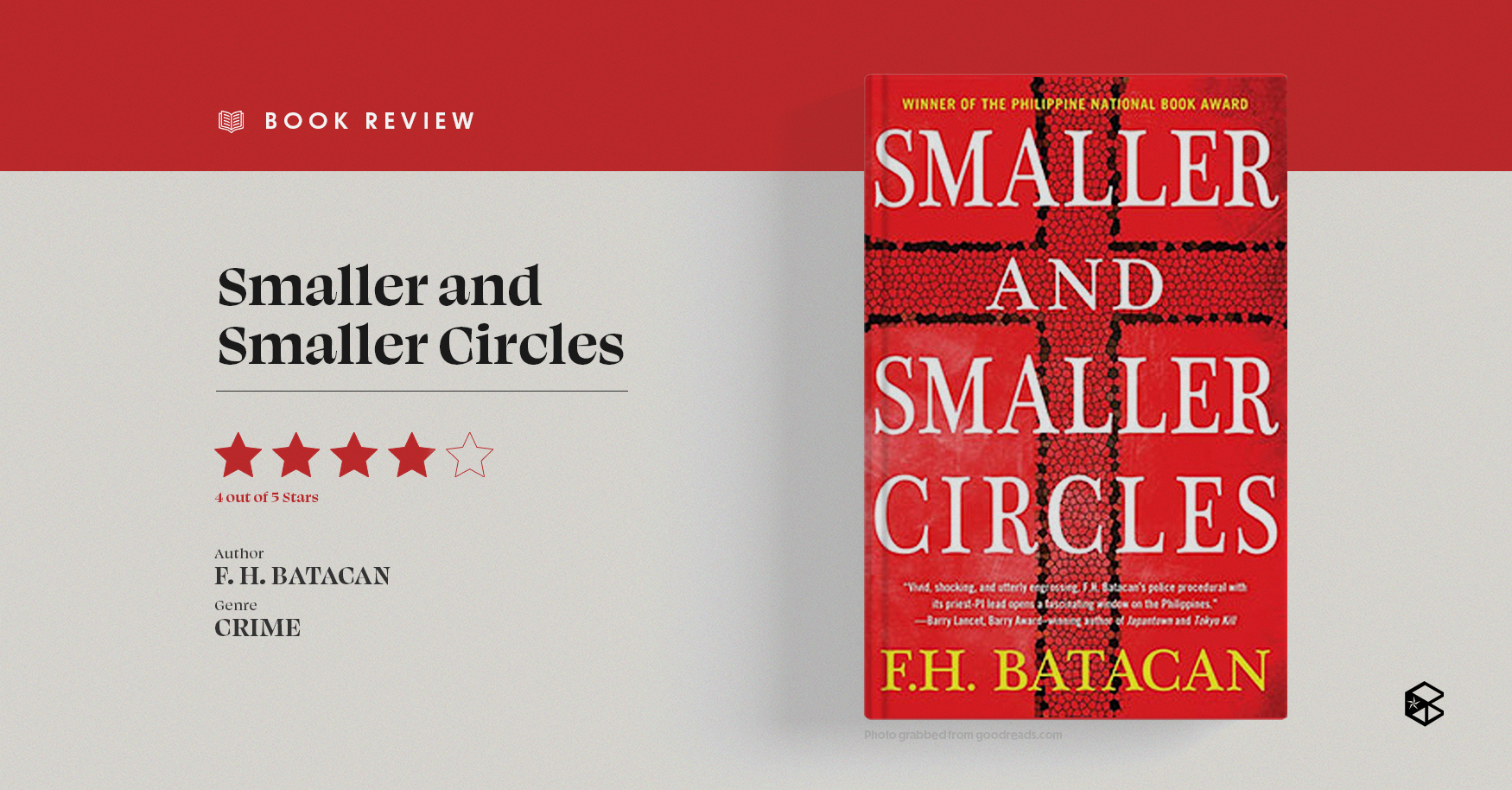In a time when torrential storms drowned out the desperate cries for justice, Smaller and Smaller Circles brings us to 1997 Payatas, where two Jesuit priests navigate the murky depths of forensic work to discover the truth. More than a crime novel, its true strength lies in exposing deeper societal injustices.
Author F. H. Batacan channeled her zeal for justice through elaborate character development and narrative construction, comprehensively commentating on social complexities that challenge the emergence of truth. Batacan accentuated the significance of knowing the truth and understanding how it came to be.
Impediments to truth
When their forensic investigation uncovers an unforgivable sight, Gus Saenz and Jerome Lucero devote themselves to pursuing the truth behind the crime, which proves challenging due to systemic flaws in society. There is ignorance regarding the probability that a serial killer is present within the community—an intransigence that fosters incompetence and corruption, hindering the investigation’s development. While it could be argued that the case merely lacks the necessary frameworks and human skill sets, such failures remain inexcusable—issues that mirror those in the present day.
Those systemic flaws, however, are not limited to the fictional investigation, but could also be found in reality. In addition to ignorance, incompetence, and corruption, there is also the issue of prioritizing the rich (and neglecting the poor), the desire for popularity and status, and the disorganization and poor communication of departments across cities. As a consequence, victims of crime are discouraged from speaking up, as doing so will not only lead to disappointment through inaction but may also be detrimental to them.
Despite such impediments, Saenz and Lucero persevere. The gradual pacing of the novel allows the depth of the investigation and the dynamic of the characters to develop naturally. The balance between gritty realism and profound character explorations was smoothly maintained. The characters’ dialogues and actions are consistent with their personalities, remaining grounded in their respective experiences.
Batacan intricately places details throughout the story, ensuring that elements that may seem insignificant at first will later gain importance as the narrative progresses. The commitment and endearment poured into this story transform this crime novel into a more empathetic one, where the pursuit of justice and the complexities of the characters elevate the story beyond crime-solving.
The uneasy silence
During the investigation, the victims interviewed by Gus Saenz and Jerome Lucero tend to withhold the truth, especially from authorities, due to societal pressures. This silence reflects the societal stigma faced by victims, where trauma is often dismissed or minimized. This lack of empathy compels victims to suffer in silence and isolation.
Moreover, there is also the issue of favoritism toward the higher classes, discouraging those from lower standings from speaking out. The two priests hear heartbreaking accounts from families struggling to survive, often going to great lengths just to put food on the table, relying on scraps and waste. Yet, the crimes that affected them remain unnoticed, mostly due to the systemic neglect of the poor and marginalized. This highlights the inequality embedded within society, where justice seems out of reach for the most vulnerable.
The novel reminds us that the truth requires not just compassion. It demands an active dismantling of harmful systems that perpetuate silence and inaction.
Unveiling the depths
Smaller and Smaller Circles serves as a crucial reminder about the importance of truth and justice. The challenges faced by Gus Saenz and Jerome Lucero throughout their investigation reflect systemic issues of incompetence, corruption, and inequality, as well as broader societal barriers that hinder the expression of truth. The prolongation of inaction and neglect towards crime can cause further harm, allowing cycles of injustice to remain unchecked.
Beyond acknowledging the truth, there should be an authentic commitment to addressing the causes that allow injustice to continue, ensuring that the voices of the marginalized are heard and that justice is served. This obscured truth is what Smaller and Smaller Circles deciphers.
Smaller and Smaller Circles is available in Benilde’s CLR. This book can also be purchased in physical bookstores such as Fullybooked, and online stores such as Shopee and Lazada.


